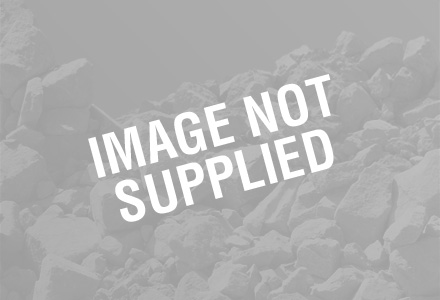
The EU's Mining Waste Directive was supposed to bring legislative parity to extractive industries across Europe from 1 May last year. UK minerals lawyer Robert Camp reviews progress
The EU's Mining Waste Directive, or Directive 2006/21/EC to give it its proper name, was adopted by the
Member States were required to transpose the directive into national law by 1 May 2008, but only 14 of them have done so, namely Denmark, Finland, Italy, Latvia, Lithuania, Luxembourg, Hungary, Netherlands, Poland, Portugal, Romania, Slovakia, Slovenia and Sweden. A further four states - Belgium, Bulgaria, Czech Republic and Germany - have only partly transposed the directive, so further 'verification' by the EU is ongoing, which means further changes for the industry in those countries.
According to the EU, the remaining states, including Spain, Ireland, Greece, France, Cyprus, Malta, Austria and the UK have either not yet transposed the directive or not yet communicated the transposition to the Commission, prompting it to launch 'infringement proceedings' which can culminate in financial penalties.
So what does this mean for Europe's aggregates industry? The simple answer is that it is only a matter of time before the directive becomes pan-European in its application, but whether it will be applied in the same way remains open to question.
Fears have already been raised in the UK that the Government has been over-zealous in the way it has approached the implementation of the directive, which many believe is years behind best practice and is therefore a retrograde and burdensome step.
Whether or not this view is fair is academic when you consider that almost half of the EU has only partially adopted the directive or not adopted it at all, so it has already skewed the regulatory regime and created headaches for multi-national operators who face different criteria depending on which country they are in.
Inconsistency in national transposition of EU directives is not new, but it blows a hole in the Commission's desire to see a common approach to environmental protection and creates ambiguity for an industry that is crying out for regulatory certainty.
It's worth reviewing how the Directive came about and what it actually says. It was prompted by the perceived need to fill a gap in existing legislation to cater specifically for the extractive sector which, in Europe, is said to account for 29% of the total waste generated in the EU annually. There had also been a number of high-profile accidents including a toxic spill at Baia Mare in Romania in 2000 when a breached tailings pond contaminated hundreds of miles of the Danube and other rivers with cyanide and heavy metals.
The directive's remit is broad. It applies to waste resulting from the extraction, treatment and storage of mineral resources and the working of quarries including displaced material and tailings, but not offshore wastes. Inert and non-hazardous waste and unpolluted soil are subject to less stringent measures, so its impact on the aggregates industry should be less.
No extractive industry waste facility may operate without a permit issued by the competent authorities in the Member State. Operators must also have a waste management plan, reviewable every five years, and have taken the necessary steps to prevent water and soil contamination. Operations deemed to be of higher risk need to demonstrate accident prevention policies and emergency planning.
There are also considerable long-term financial obligations including guarantees to ensure that resources for restoring sites are always available, and operators must maintain and monitor disused sites for as long as the authorities deem necessary. These costs are borne by the operator but there are certain exemptions for inert waste.
It remains to be seen how the directive will work in practice across Europe but many will be keeping a close watch on whether it is consistently applied.














